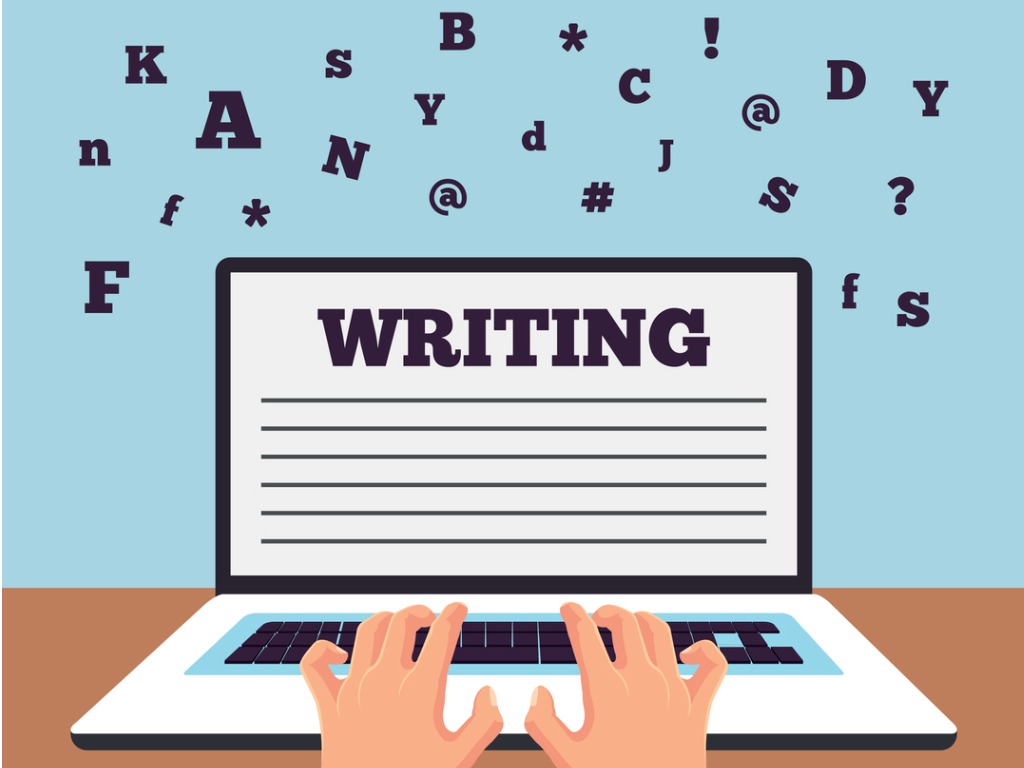
Karen Jennings shares her top tips for clear and concise written communication
Do you want to increase the chances of your written messages being read? It is no surprise, with the large amount of correspondence most business professionals manage, that many emails, memos, and letters are not fully reviewed. By following a few simple guidelines, you can compose messages that your co-workers and clients will breeze through from start to finish.
1. Jump right in; there is no need for an introduction
For routine messages where the reader is expected to react favorably (or neutrally), lead with the most important details and reason for writing. This is called the “direct approach”, whereby the first paragraph includes the reason for writing as well as all pertinent information. When applying the direct approach, do not save the best for last. If you are replying to a request, begin with your answer, such as “Yes, I will attend the meeting”. Note: you can still include a simple greeting, but there is no reason for extended introductory niceties. Your subsequent paragraphs will include any additional necessary information.
2. Include the main idea and full details in the first paragraph
The hallmark of professional business writing is to be concise. Simply put, short messages get read. Critically evaluate your writing to identify words or phrases that could be eliminated while still providing all the required details. If a word or phrase is not essential to the meaning of the communication, delete it. Economize on your words and remain on-point with your message.
3. Keep the message brief and use concise and straight-forward language
Simplify and vary your word choice. This can be tricky because you want to maintain a high-level, professional writing style without exhausting your reader. One tip is to avoid starting more than one sentence with the same word (think about “I” and “we” statements and how often these words are used to begin a sentence). In addition, include transitional words or phrases to help add dimension to a simplified message. Transitional words and phrases will also help guide the reader from one point to another. These tips not only aid in the flow of your communication, but they help to maintain a professional edge without adding complexity.
4. Use a bulleted or an enumerated list
If your message requires the reader to respond to a series of requests or questions, consider formatting each into a bulleted or an enumerated list. Separating out details in a list format accomplishes several objectives: as the writer, it helps you concisely compose the statement and clarify the intended response. For the reader, it helps to separate out each request/question for ease in replying. Writing requests in a list format will increase your chances of achieving a full reply. Use bullets if there is no particular order required for the request and reply; use a numbered list if the reader must consider the topic in a certain order or exact steps. Include supporting paragraphs for further details, if needed.
5. End with a brief, goodwill closing
Consider using your closing to politely reiterate the important take-aways from your message or to simply alert the reader that the message has ended. Your conclusion might also include any specifics desired or expected for follow-up. As a word of caution, avoid cliches, such as simply writing “Thank you for your time”. Compose a unique and polite closing that maintains a positive tone and signifies that the communication has ended.
Applying these concepts to your routine messages will enhance the chances of having your correspondence read from beginning to end. You will leave your reader fully informed, while establishing a warm and professional line of communication. Give it a try!












